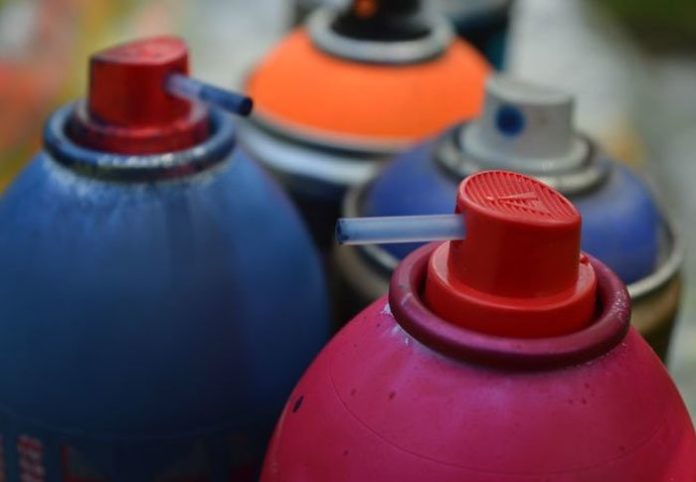
It is said that those who work make mistakes, so no matter if you are doing some kind of DIY project or if part of your job is working with different materials, it is normal to make some mistakes. When we paint things or when we want to fix something around the house, more often than not the paint ends up everywhere except the place we want to paint. Because of that, before painting anything, make sure you know how to remove the paint from materials like metal, plastic, and fabric.
The easiest way to add color, or to change the color is to use spray paint. People choose this because you have more control over the device and you can get things done faster. When you use a regular brush, things take much longer and the end result may not look as good as when you use spray painting devices. However, one of the negative sides of this tool is that the color may get everywhere and sometimes we forget to protect the walls, floors or other things that are just laying down nearby.
Because of that, before starting your next DIY project you need to know how to make everything clean again and how to remove the spray paint. Here we are going to talk about plastic and what you can do to clean the things up without risking damaging them.
Choose your tool
There are actually so many different ways to do this, so you don’t have to worry or go to the store to spend a lot of money in the process.
Now we are going to look at the most common and easiest ways to remove paint from plastic. The great thing about all of these things is that they won’t do any damage to the material and most of them are really safe to use.
Oil
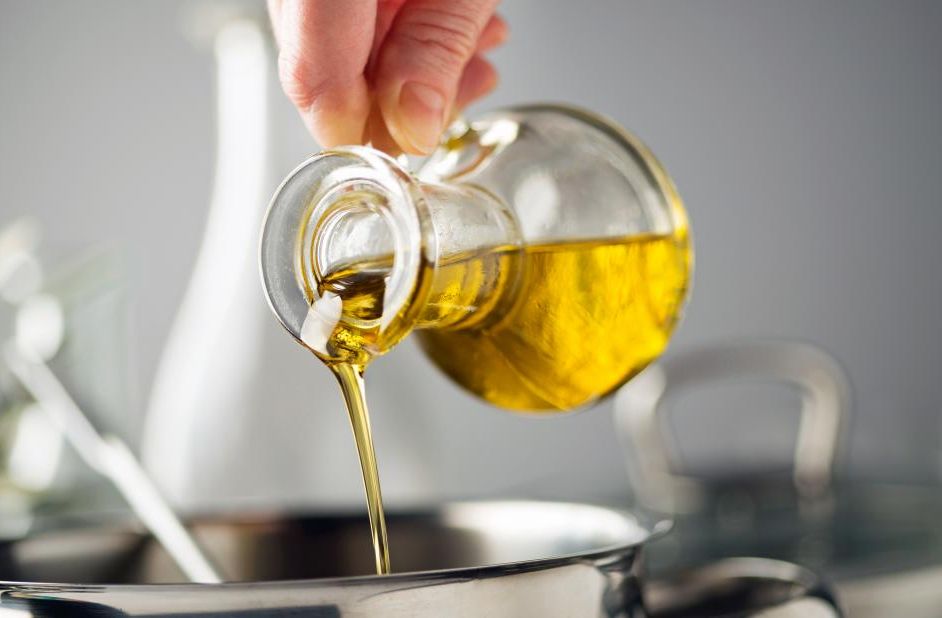
This is the most famous way to remove the color because we all have butter or oil in our homes. So, you don’t need to go far, just pop into your kitchen and get that bottle out. The next thing you need to do is find an old shirt or any type of rag that you won’t need to use again. Put a lot of butter or vegetable oil on it (soak it) and put it on the plastic. Let it sit for some time and then go to scrubbing.
The oil weakens and breaks the bonds of the paint and you should have no trouble cleaning it. However, since there are no chemicals in oil, it may take a longer time to finish the cleaning than with alcohol or paint remover. The positive is that you won’t have to worry about the fumes or about your kids or pets being near this.
Alcohol
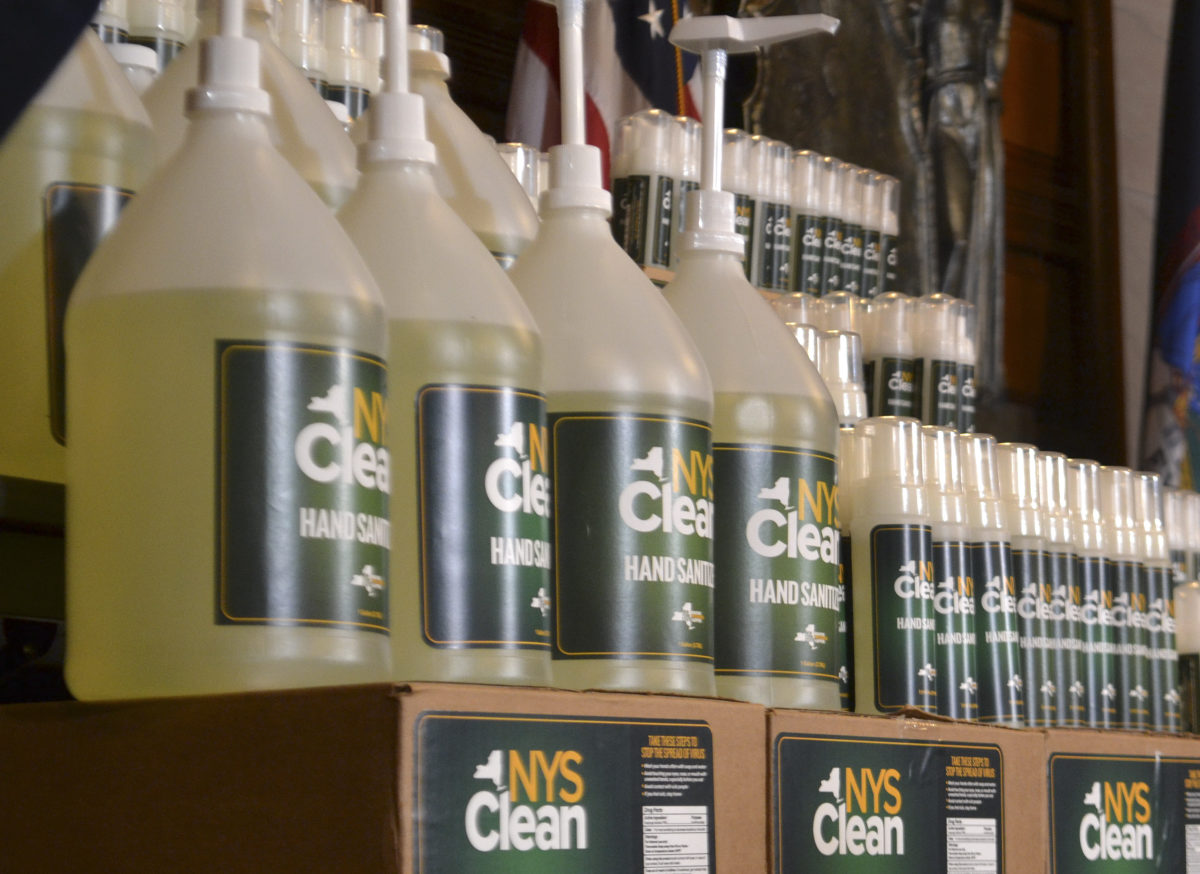
Denatured alcohol is used as a strong paint thinner and it is great for removing paint from plastic surfaces. However, this is a very strong solution so when you use it you need to be protected. Make sure there is enough fresh air in the room or if you can do the cleaning outside. Always use gloves when handling the alcohol and it would be good if you could use a protective mask as well.
The first thing you need to do is to test it on the plastic and see if it works or if it damages it. If there is no negative reaction then just pour the solution over the plastic. The paint will start to crumble and it will be easy for you to scrape it off.
However, the type of plastic you want to clean is also important. There are different ways that these components are made and they require different cleaning techniques. You can visit here to see the most popular method for creating plastic components.
Nail Polish Remover
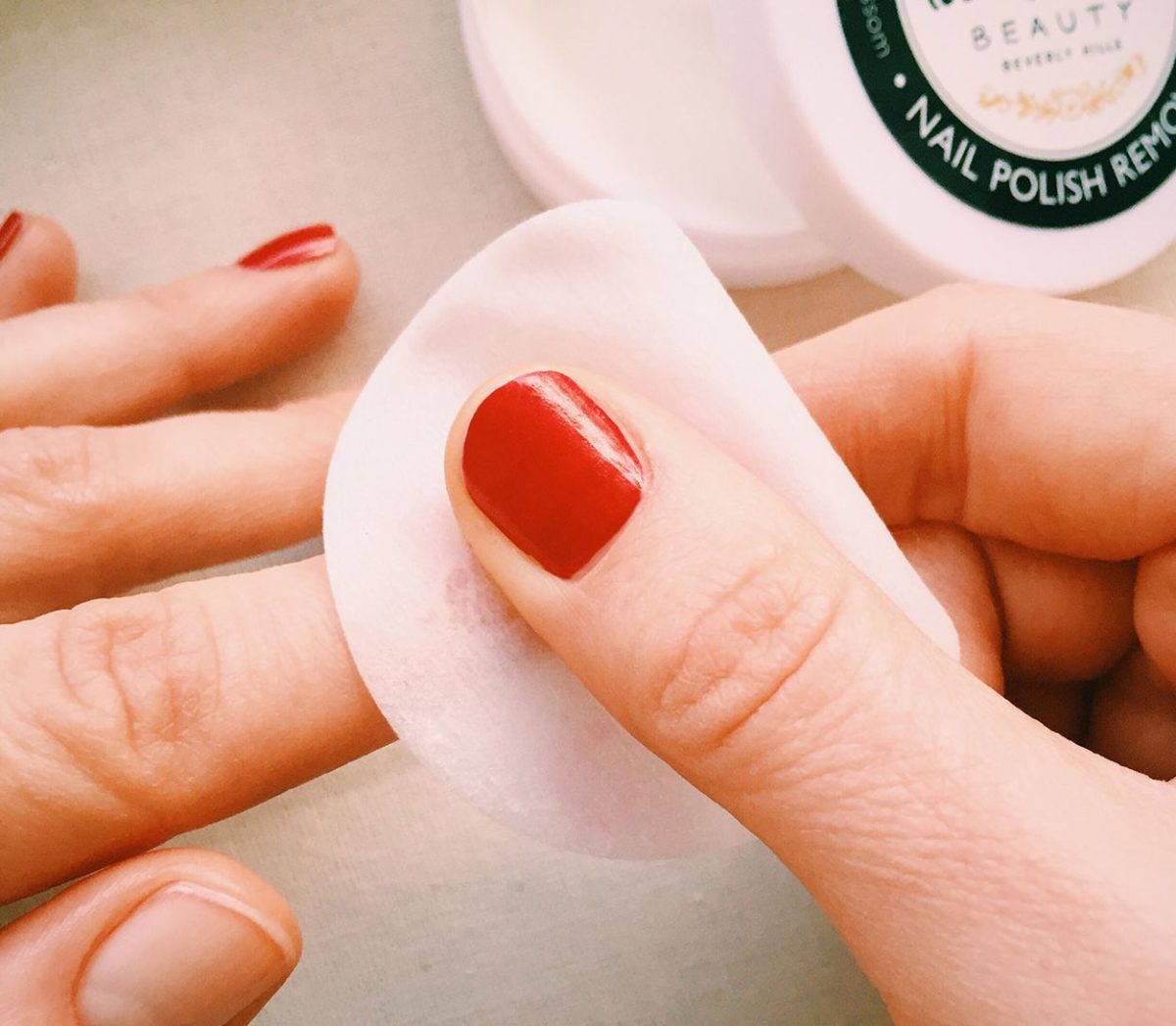
Every nail polish remover contains acetone (well, not everyone, but you will need one that contains acetone so you get the job done faster). It is recommended to use this as a last resort because if you use too much nail polish remover you may damage the plastic you are trying to clean. Start by soaking a cotton ball, a shirt or a rag with acetone and put it on the plastic.
Leave it like that for 5 to 10 minutes and then get down to scrubbing. In some cases, if there are not too many layers of paint, you may not have to wait. So, try cleaning the edges first and see if the color comes off without you having to wait. If it does not, then let it sit like that so that the paint has time to dissolve. If you use this method after trying to clean the plastic with vegetable oil or butter, make sure you wipe it clean first so that the acetone can do its job properly.
Paint Scraper (or a plastic puffy knife)
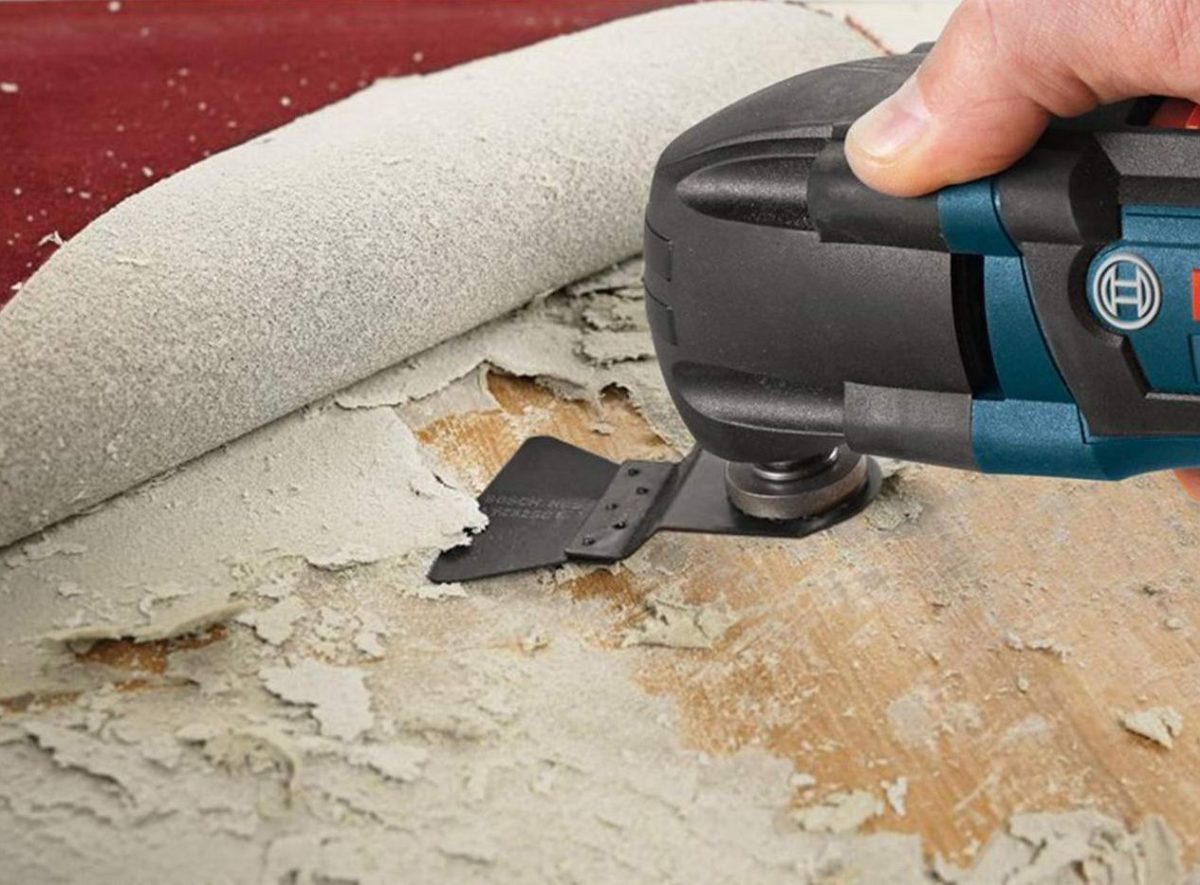
If nothing else works, then you will need some extra tools that will get the job done. Actually, it is recommended to start with this. A paint scraper or a plastic puffy knife should be the first thing you use to get rid of all the excess layers of paint so that the other things you use (like the oil, alcohol or nail polish remover) will get all the paint off.
Don’t use any other material, but plastic because you don’t want to risk damaging the surface. Don’t press too hard and if it does not want to come off, don’t use force. Remove as many layers as you can and start from the edges. This tool is used only when the paint is dry so you don’t smudge it around. The small stains should be easy to remove and if there are many layers then you should try to scrape off what you can and leave the other products to do the job.
Do you have any other tips for cleaning plastic? What works for you the best? To make sure everything is done correctly, start with the puffy knife, then continue with oil and if that doesn’t work try the alcohol and the nail polish remover. No matter what you choose, make sure that you are safe and protected.
Always use gloves and try to have some type of mask on so you don’t inhale the fumes. Don’t put too much pressure on when scrubbing and don’t let things soak for too long. If nothing works, then you may need to contact a professional cleaning service or buy a paint remover. If you choose the paint remover, then you need to do that out in the open and always use gloves, masks and a pair of safety goggles. Don’t forget to open the doors and windows after you are done painting and cleaning so that the fumes don’t stay in the room and you don’t inhale them.
















